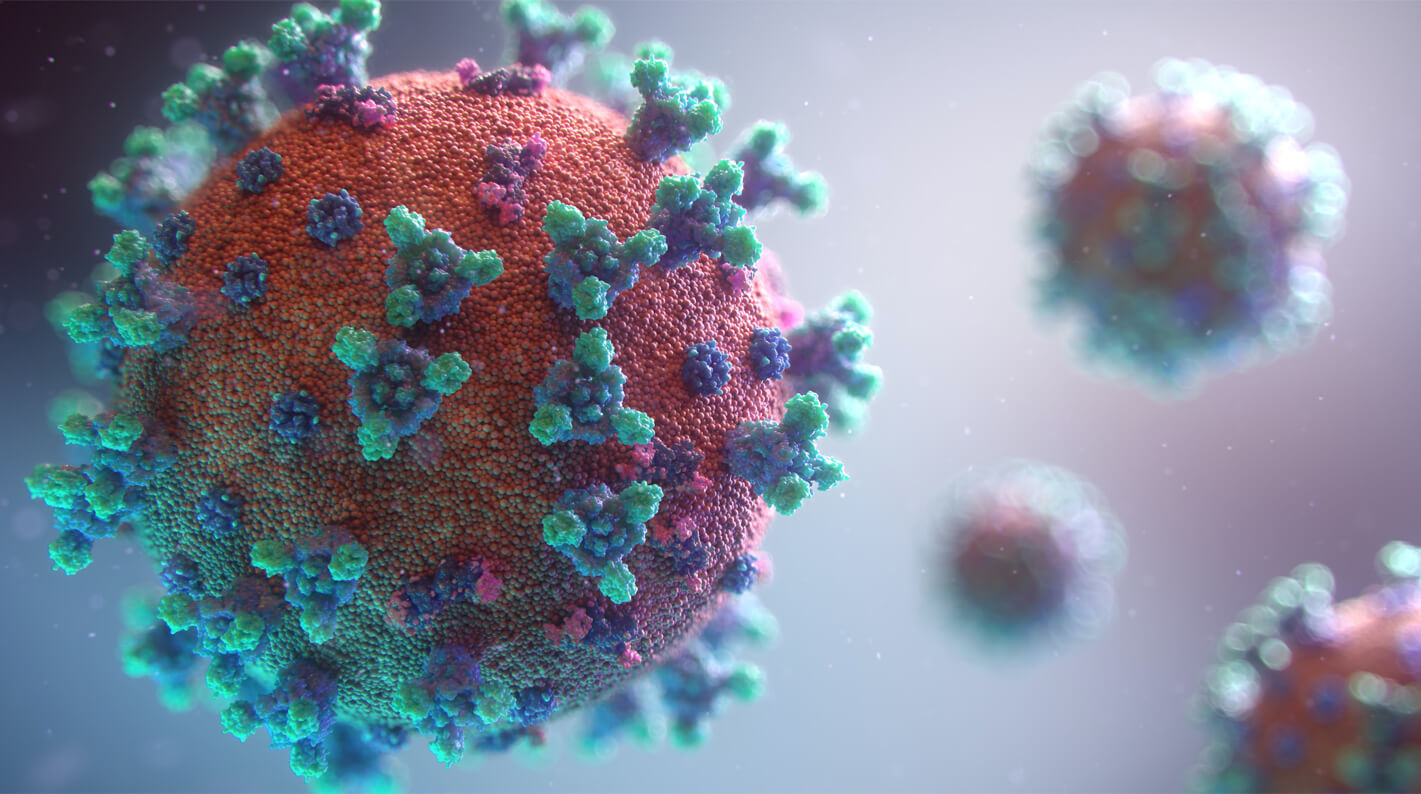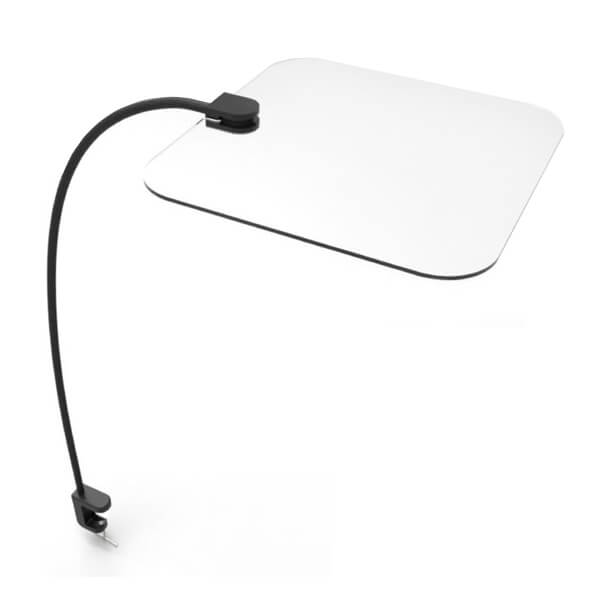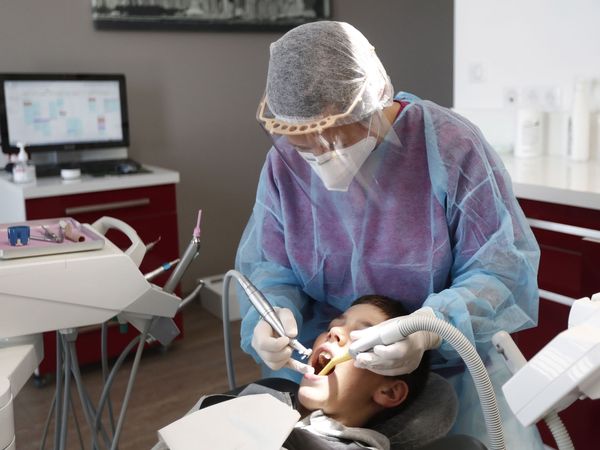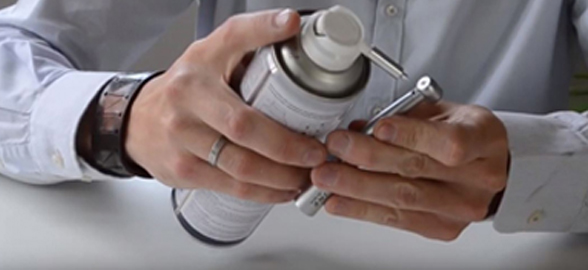Since the arrival of the Covid-19 pandemic, nothing will ever be the same as it was before. After a year and a half many of our normal daily habits have changed, and of course, so have our habits in dental practices. Do you want to know how? Read on and get a more detailed idea!
The scientific community has recognised that Covid-19 is transmitted mainly through inhalation of droplets and aerosols emitted by the person infected by the virus. This means that dentists are exposed to microorganisms through the production of aerosols and are at a high risk of transmission.

The dentistry sector is already used to protecting itself against infectious diseases such as hepatitis (HAV, HBV and HCV), AIDS (HIV) or influenza A (H1N1), but is it prepared to tackle and protect itself against Covid-19?
For this reason, the Scottish Dental Clinical Effectiveness Programme has published this document 'Mitigation of Aerosol Generating Procedures in Dentistry' with the aim of offering dental professions recommendations to reduce aerosols in the dental clinic and reinforce the measures that have been practiced for years. The physical safety of patients and dentists must always be guaranteed.
What are the measures for the control of aerosol generation?
During the pandemic, dental clinics have implemented clinical safety practices that have proven to be effective in curbing the spread of the virus without affecting the quality of care. Do you want to know what these measures are and what's new about them? We'll tell you below!
- Patient triage and video consultation: early detection and social distancing have been crucial to contain the spread of the virus. The triage of patients has allowed the identification of possible cases, and the reduction of the capacity has prevented the accumulation of patients in the dental clinic.
- Disinfection: in addition to cleaning and disinfecting all surfaces in the dental clinic it is very important to continue using disinfectant mats for footwear and hydroalcoholic hand gel dispensers. Do not miss our blog article on disinfection and sterilisation in the dental clinic, where we tell you in detail the processes to ensure the patient's health.
- Ventilation: thanks to CO2 meters it is possible to know the amount of carbon dioxide in real time to evaluate the air quality in closed spaces. Manual or mechanical ventilation is a good way to reduce the concentration of any viruses in the environment.
- Protective equipment: PPE (personal protective equipment), includes FPP2 masks, gloves and face shields, and has been and will continue to be essential in controlling possible transmission.
- In addition to these measures, many dental clinics have reinforced their procedures, for example, with dental dams that expose the teeth on which the dentist will work or with innovative medical shields that form a barrier between the professional and the patient in treatments with a high risk of viral exposure.
Safety Stickers to guarantee the minimum distance of 2 metres or protective screens in public areas have allowed interaction with patients to be maintained while reducing the possibility of transmission of any pathogen transmitted through the air.
And of course, video consultations between dentist and patient have helped to keep track of ongoing treatments or detect urgent cases.
FlexiHealth Dental Chair Shield
Do you know about the FlexiHealth polycarbonate dental chair shield? Get ready! Because it has been designed to reinforce the prevention of contact with aerosols, to protect the patient and the dentist. In addition, it does not hinder the working conditions with the patient.
Its structure consists of a fully ergonomic screen with a flexible arm and a clamp that adapts to any surface. The screen is impact and scratch resistant and can be used in conjunction with other PPE without any problems.
Features of the FlexiHealth Dental Chair Protective Screen:
- Made of 3-4 mm thick polycarbonate.
- It does not affect the visibility of the operating field: it offers optimal visibility.
- Easy to disinfect.
- Suitable for environments where work is carried from less than one metre away.
- Takes up very little space.
- It can be disassembled separately.
- Height and tilt can be adjusted to suit you.

View Protective Screen for Dental Chair
And don't worry about cleaning! It's very easy. All you have to do is:
- Clean with a soft, slightly damp cloth.
- Use neutral soap.
- Glass cleaner is not recommended.
On our website you will find the FlexiHealth screen in different sizes and with spare arms and screens. In the following video you can see all it's usage advantages.






